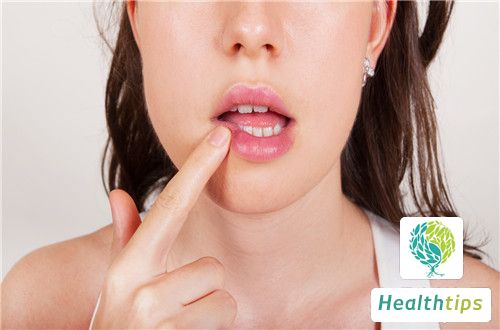What Causes Bruises on the Knees? How to Address Them?
Children often sustain bumps and bruises while playing, which may result in bleeding if severe. Less severe injuries may still leave the skin with bruises or discoloration. Some parents often find bruises on their children's knees. What could be the cause of bruises on a child's knees, and what should be done? In such cases, parents should understand the reasons for the bruises and may consider seeking medical advice for relevant examinations.

If a child frequently has bruises on their legs up to their knees, but their blood tests and coagulation function are normal, and there are no bruises elsewhere on their body, it could be due to vascular malformations in the lower limbs causing subcutaneous bleeding. It is recommended to undergo an ultrasound examination of the lower limbs, especially in the bruised areas. Another possibility is that the child has a normal platelet count but abnormal platelet function, which requires consultation with a hematologist to rule out hematological causes. Additionally, the child may have accidentally bumped their leg, causing abnormal vascular proliferation that makes them prone to rupture and bleeding. An ultrasound examination should be performed for a closer look.
1. After a bruise occurs, it is best to apply pressure to the affected area for 5 minutes using the palm of your hand. Ensure that the area of pressure covers a larger area than the injury, and avoid repeatedly rubbing the affected area.
2. If there is bleeding in the injured area, apply ice or cold water for cold compression, which can be more effective when combined with pressure on the affected area.
3. Within 24 hours of the injury, apply cold compression for about 20 minutes, followed by a 20-minute break. Repeat this process 2-3 times to alleviate pain.
4. After 24 hours, switch to using warm water for heat compression on the affected area. Remember to change the towel regularly and be mindful of the water temperature to prevent secondary injury.
5. If the injured area is on an arm or leg, elevate the affected area appropriately, such as resting the leg on a chair, to help reduce swelling.



















